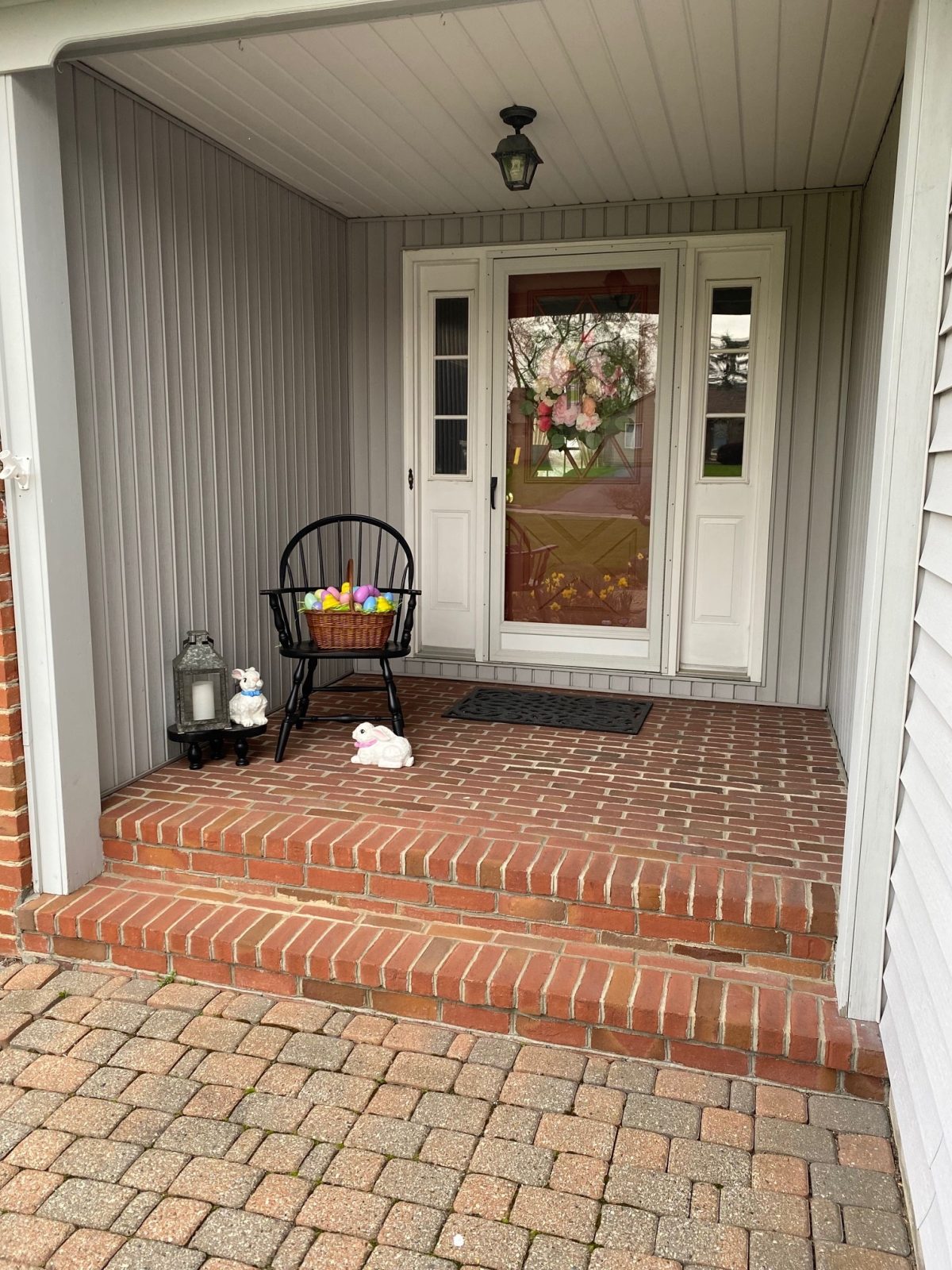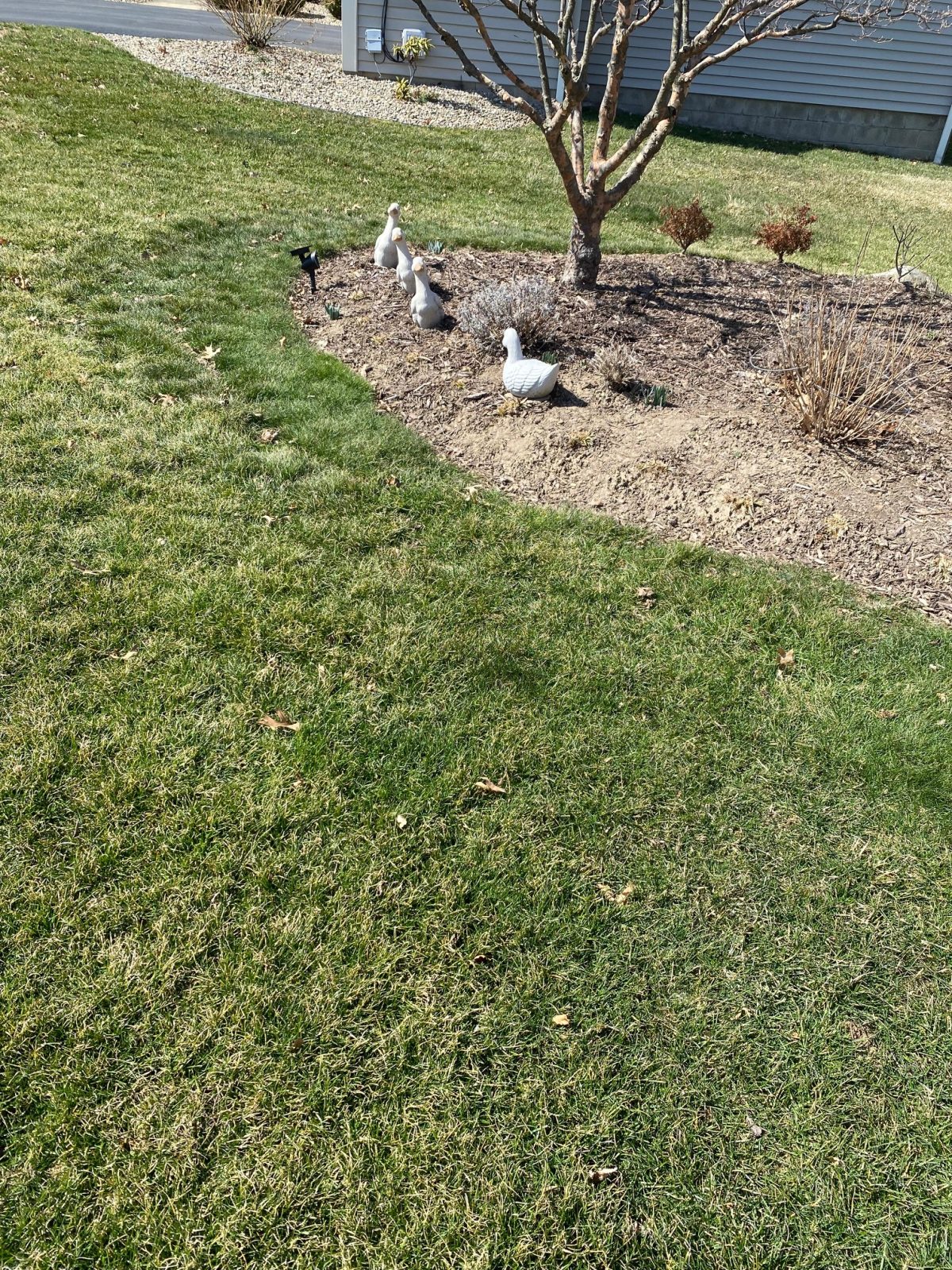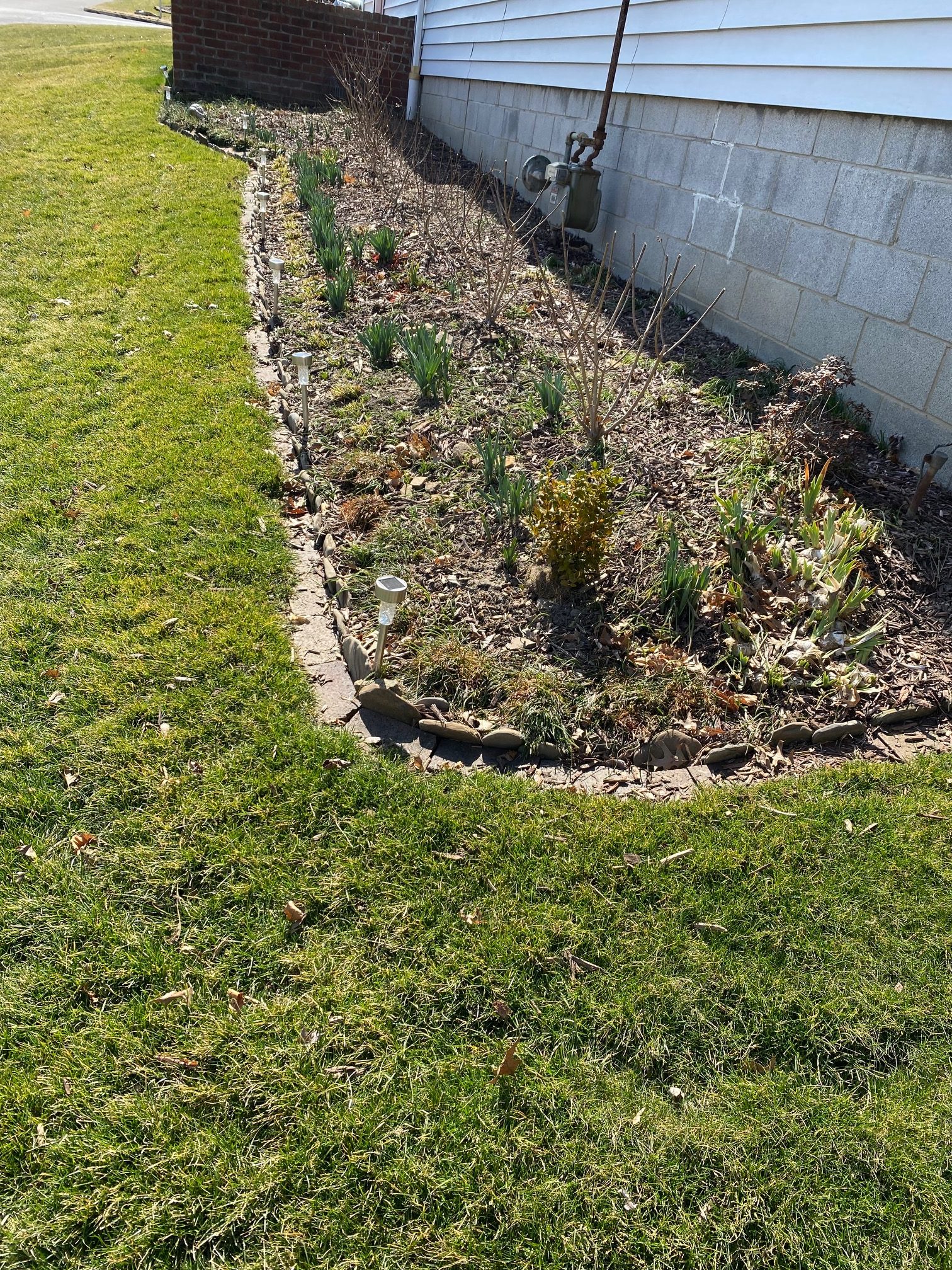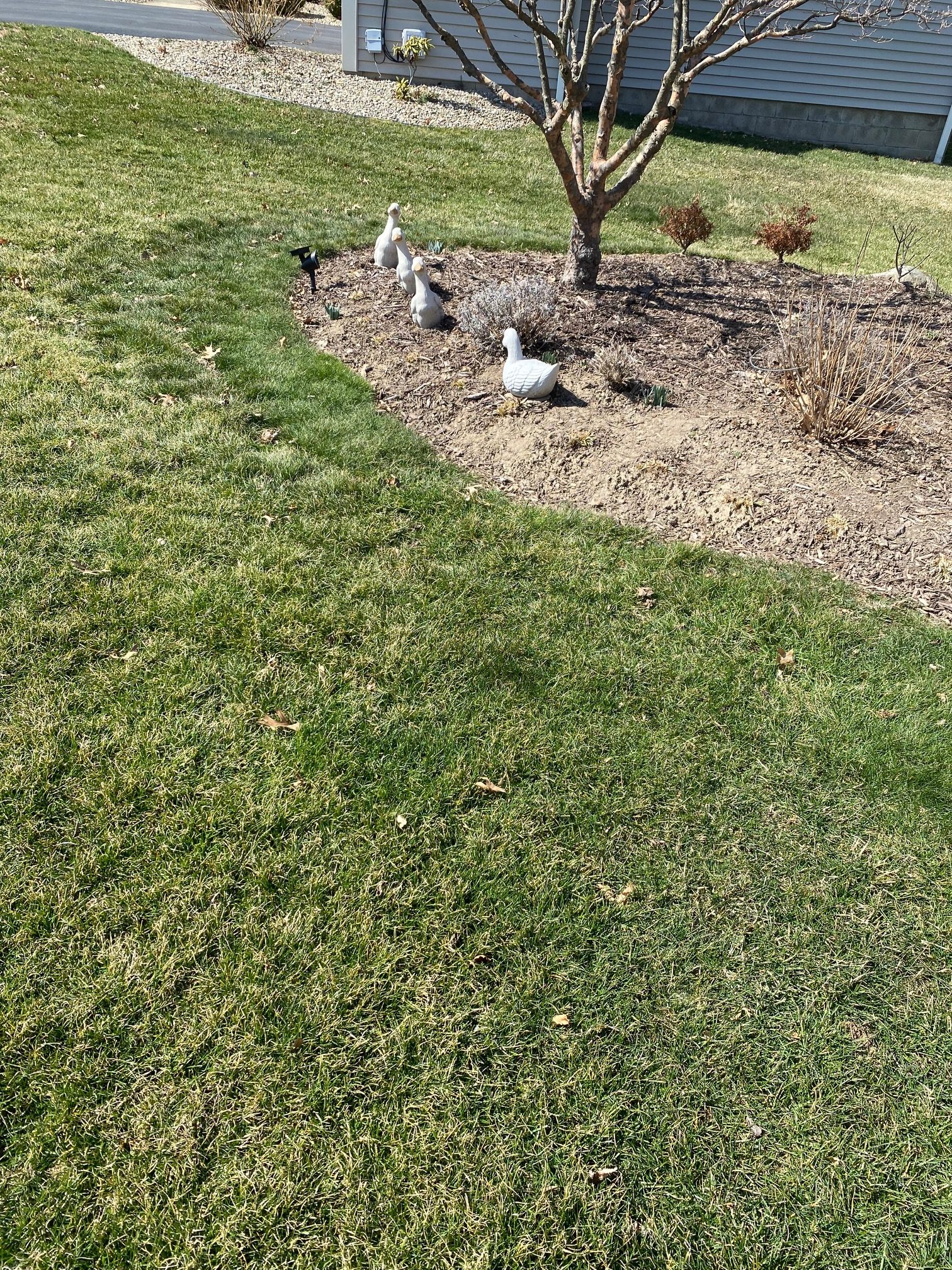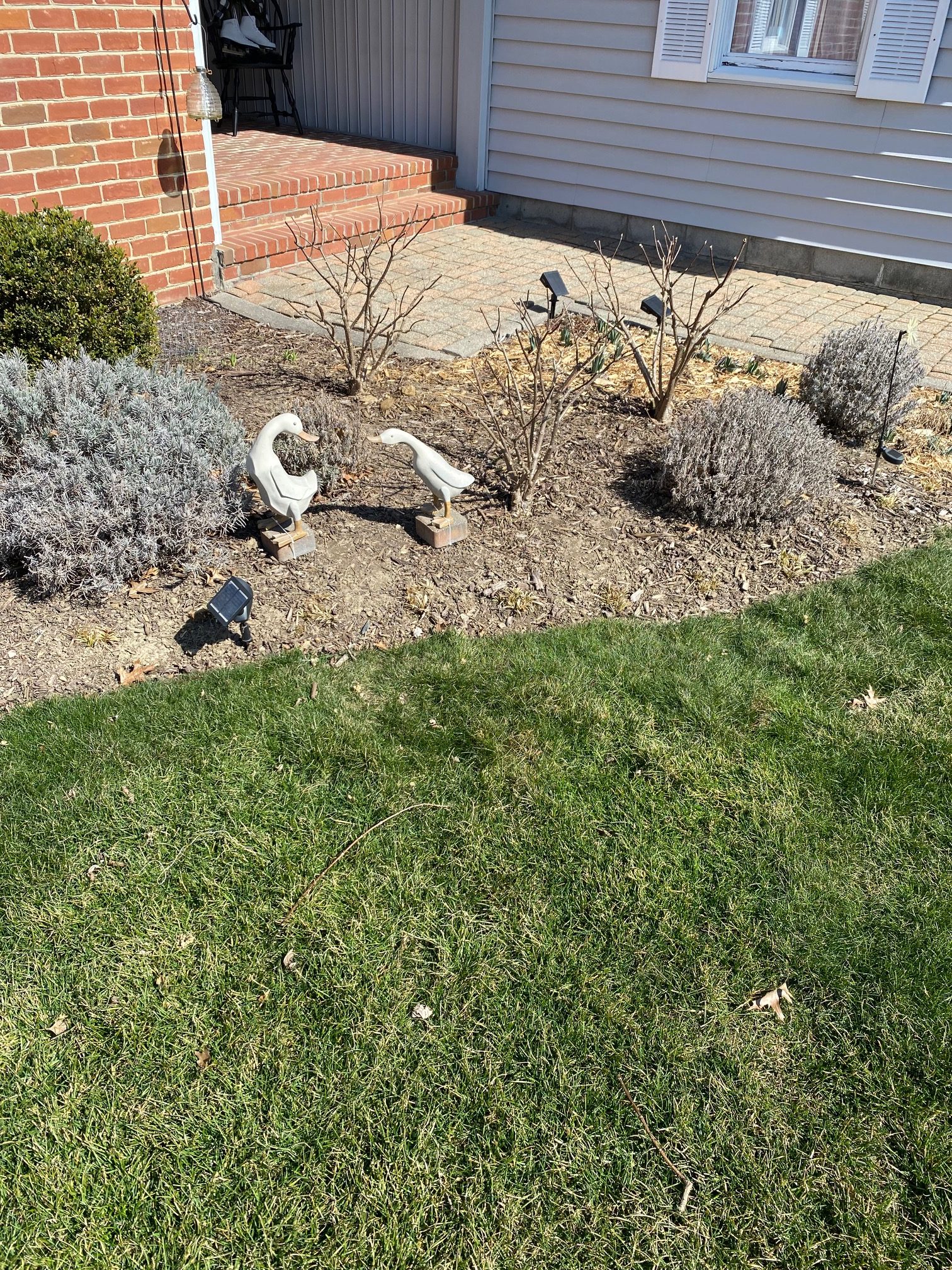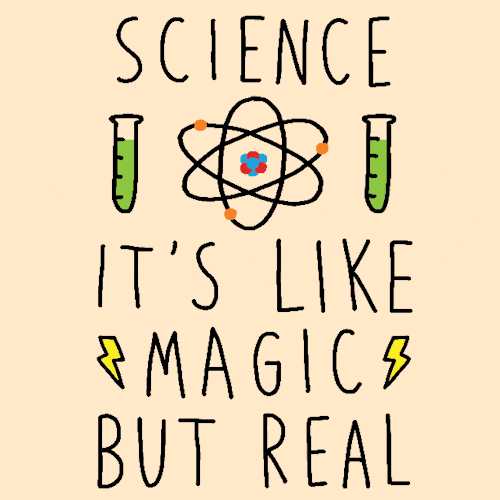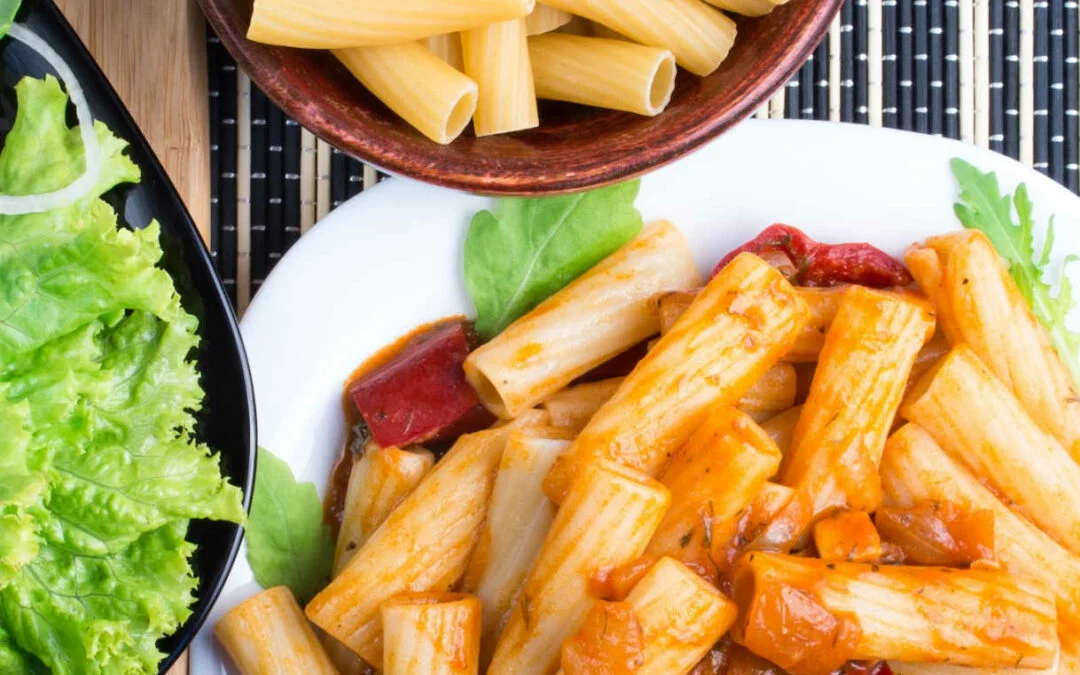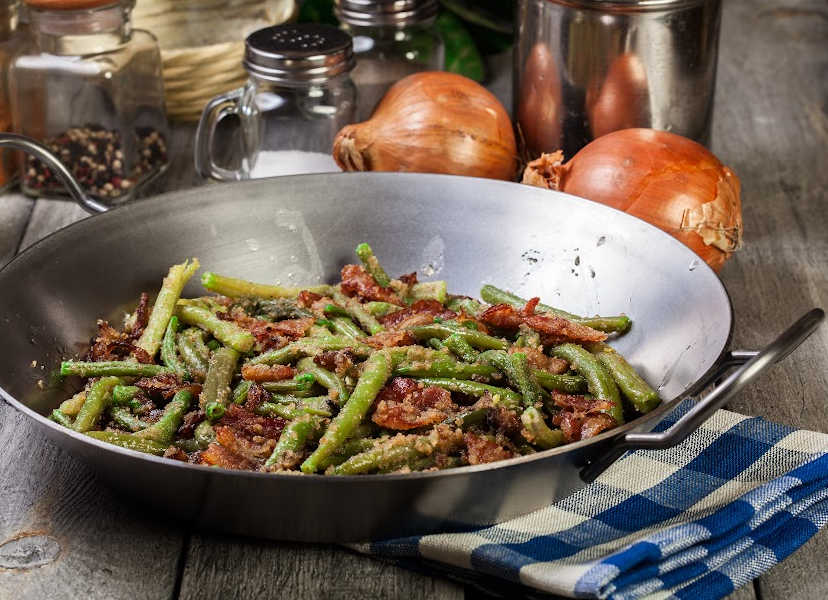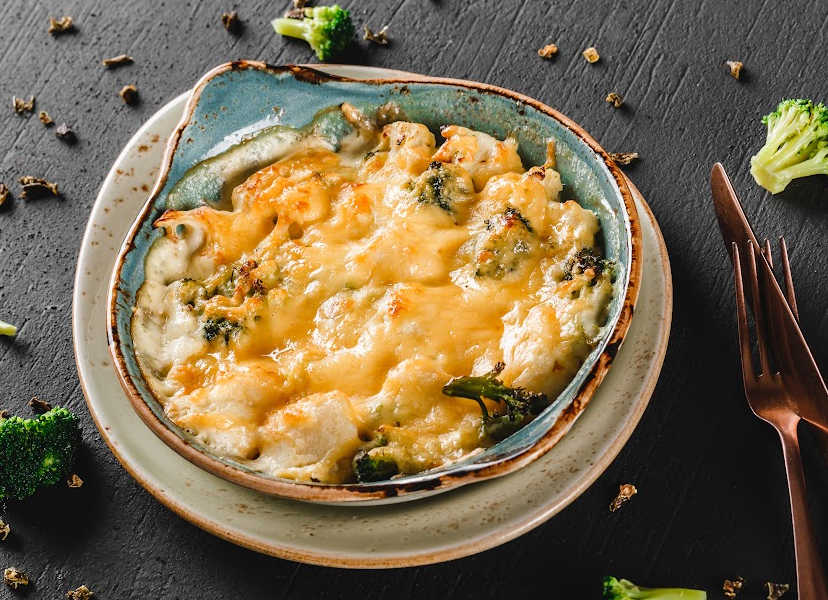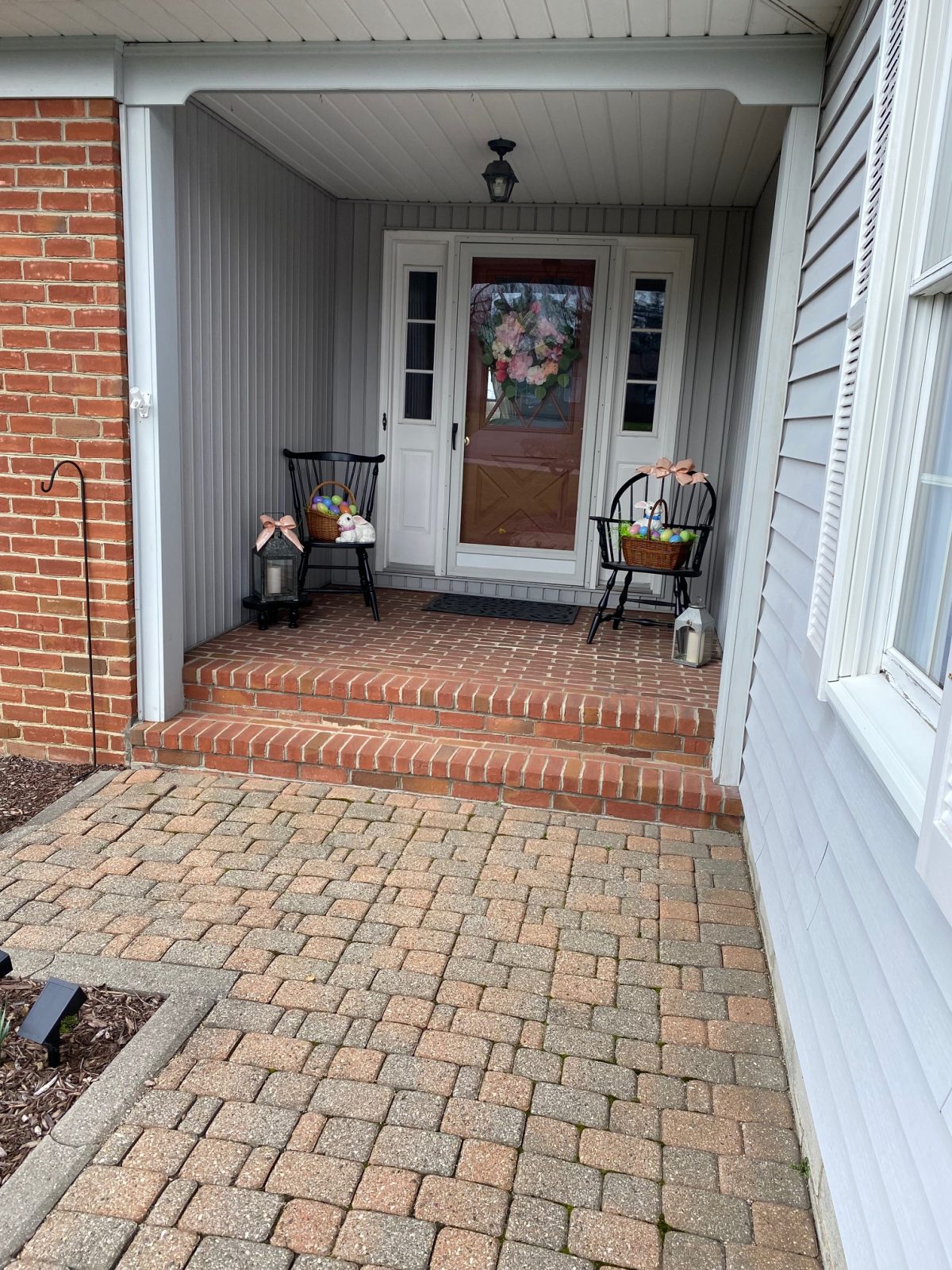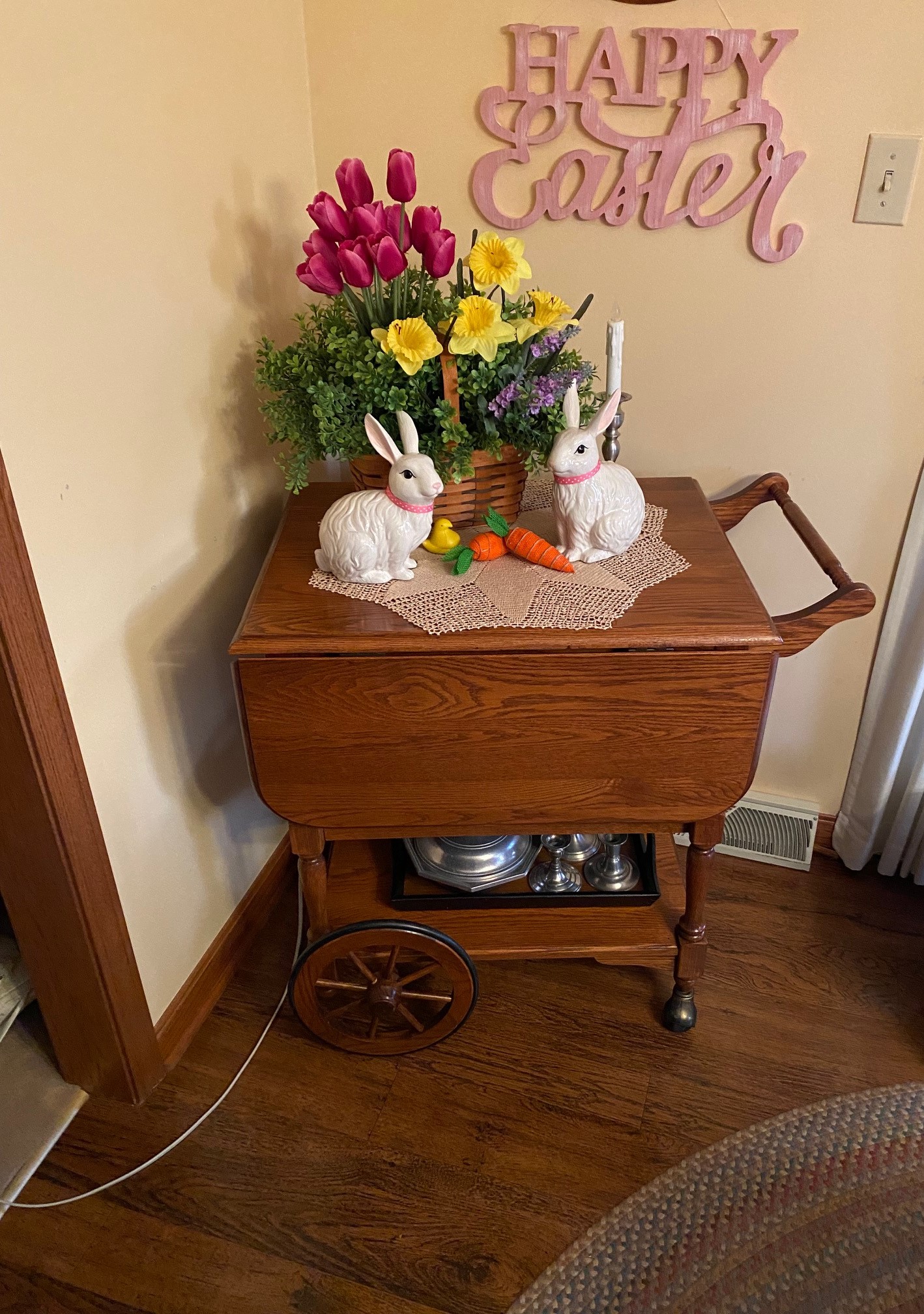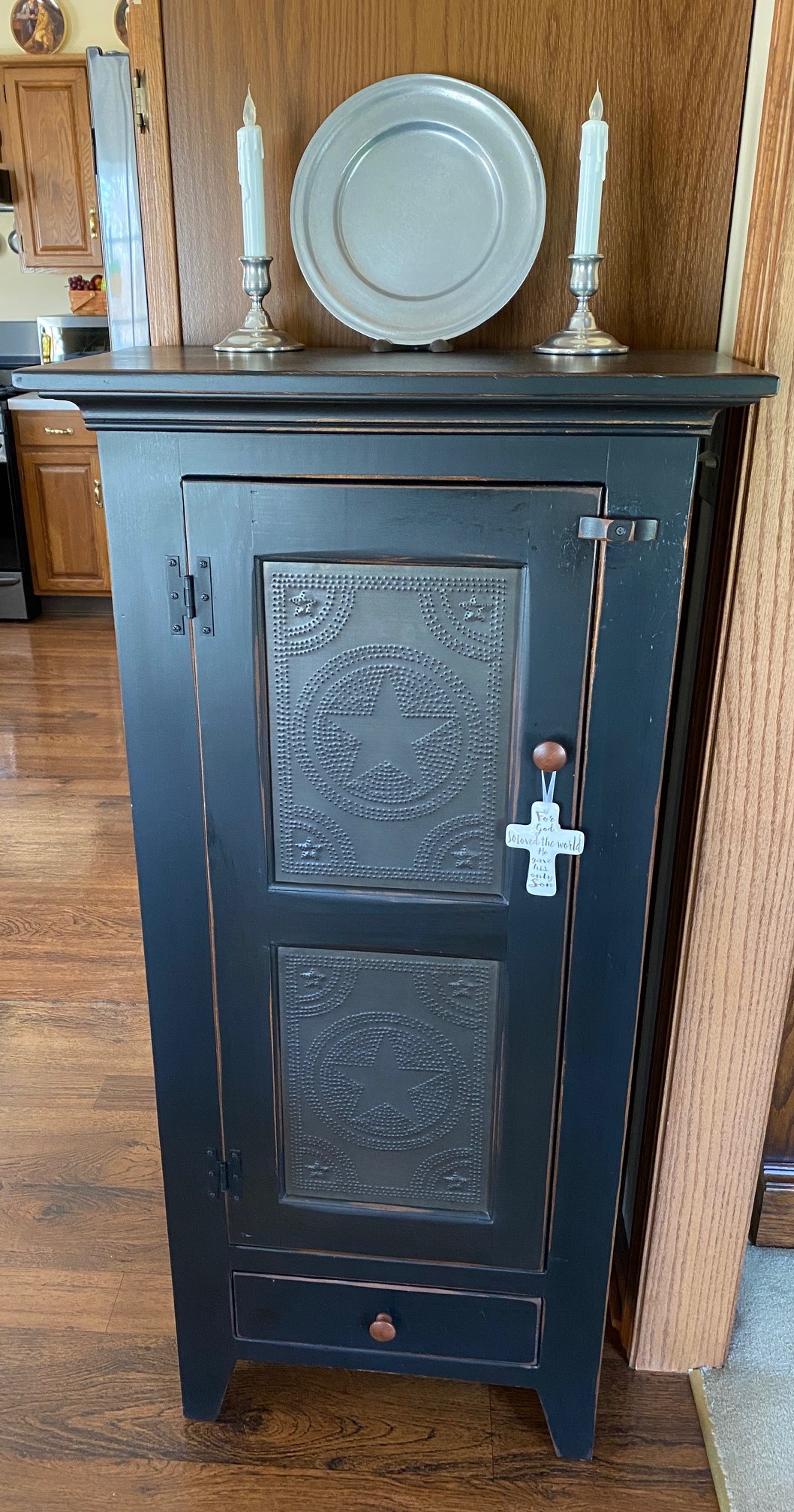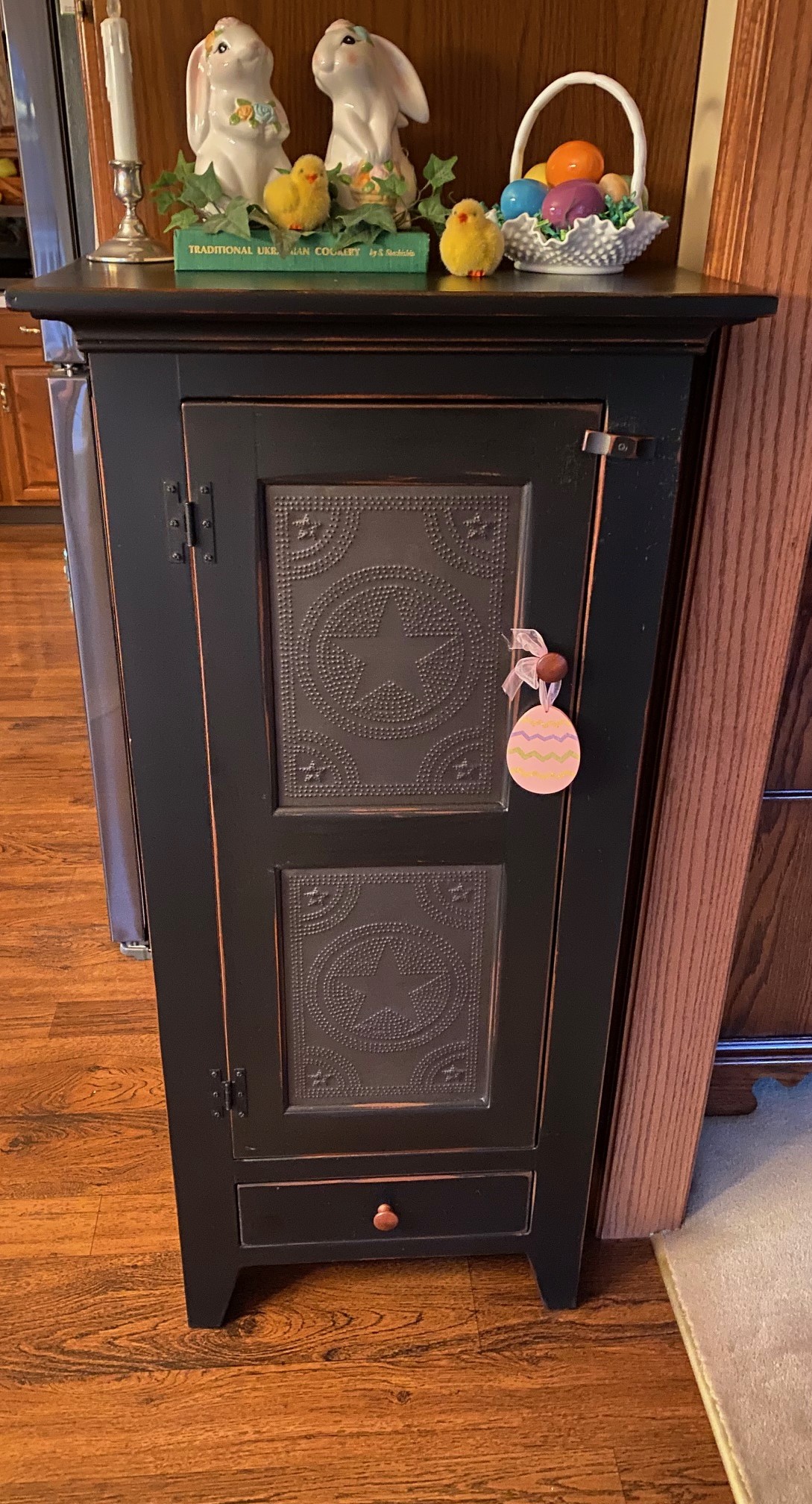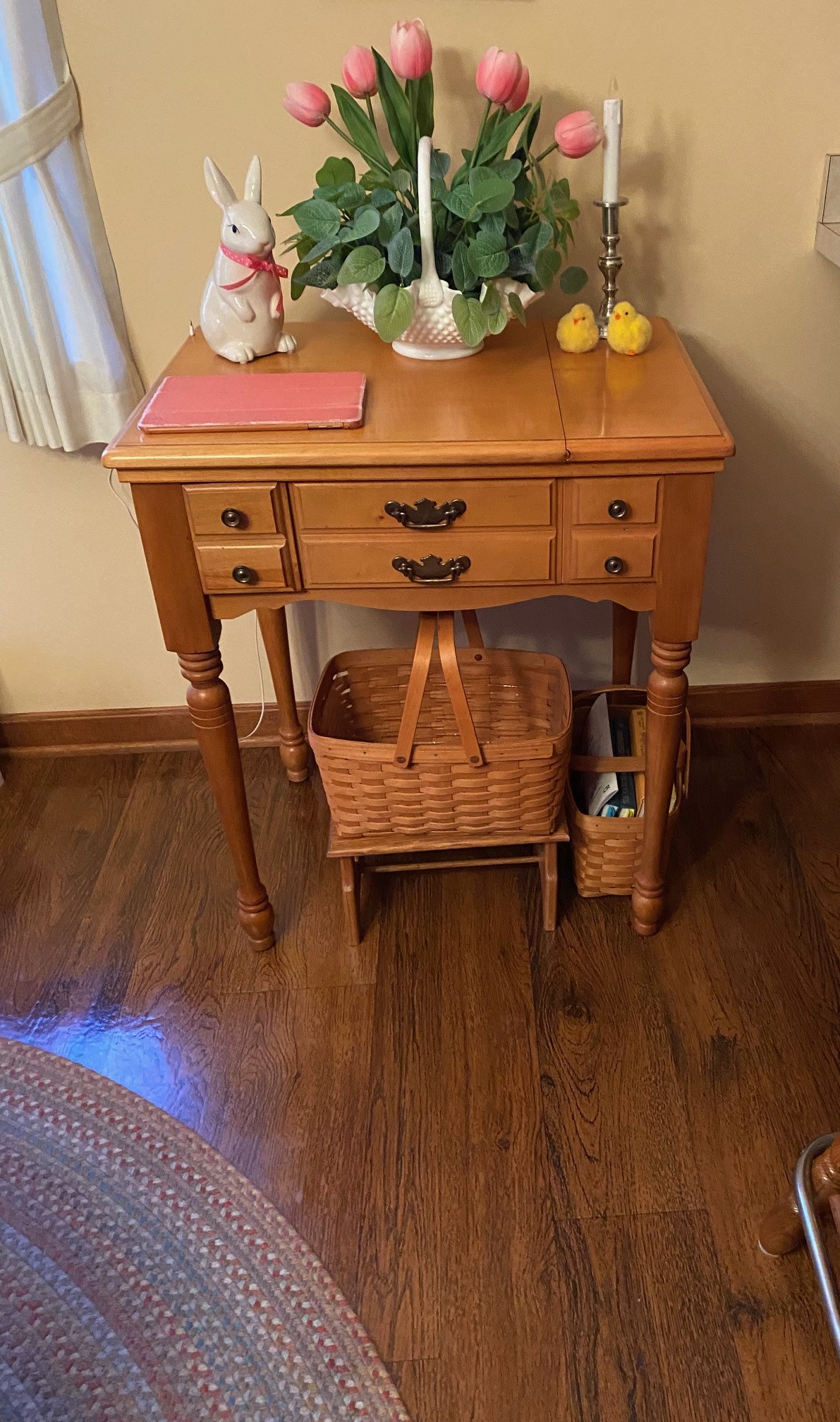Views: 11
Steak Pot Pie Recipe | Baked Steak Dinner.
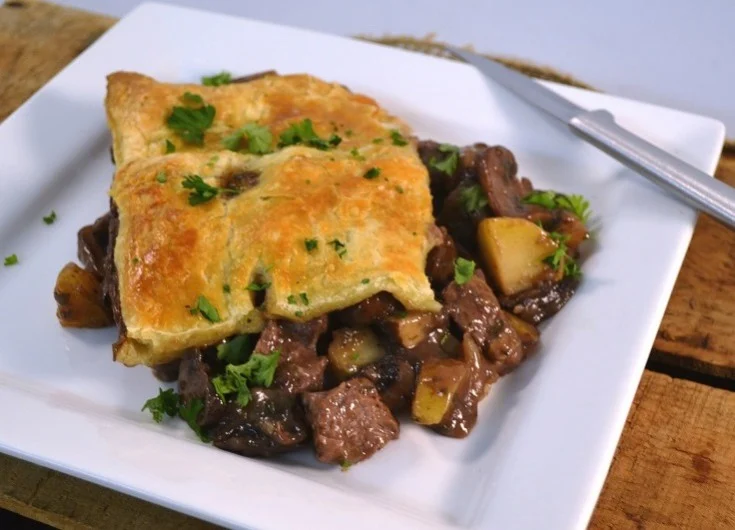
Learn how to make this Steak and Mushroom Pot Pie for an incredible meal you’ll never forget! A flaky pastry crust, juicy steak, buttery potatoes, and succulent mushrooms make this a wonderful dinner the whole family will love. Follow the written or video instructions below to make this wonderful dish.
Ingredients you will need:
- 1 cup onions
- 1 package “baby bella” mushrooms, sliced
- burger and fry seasoning, to taste
- 2-3 lb. sirloin steak
- fresh Parsley, chopped
- 1 bottle red wine
- 1 T. beef base
- 1 tsp.Worcester sauce
- 4 Yukon Gold potatoes, boiled and cubed
- Parsley, chopped
- Thyme
- 3 garlic cloves, chopped
- Cracked black pepper
- Puff pastry
- Extra virgin olive oil
- 1 egg, beaten
- 1 T. cornstarch
- Water
- Instructions.
- Preheat oven to 400 degrees. Add seasoning to 2-3 lb. sirloin steak.
- In a skillet add extra virgin olive oil, cook sirloin steak 3 to 4 minutes on each side, forming a nice crust. It’s OK if the steak is a bit rare, as it will continue cooking in the oven. Once the steak is done, do not discard the liquids on the pan.
- Chop 1 cup onions, 1 package “baby bella” mushrooms, and 3 cloves garlic.
- In another pan pan coated with extra virgin olive oil, saute` the mushrooms, onion and garlic until tender and translucent, about 5 minutes; stirring as you cook.
- Cube 4 boiled Yukon Gold potatoes.
- Pour a small amount of red wine into the pan that was used to cook the steak and cook down for 2 to 3 minutes. Pour this mixture iinto the pan with the mushroom mixture. Add another 1/2 to 1 cup red wine.
- Add 1 tablespoon beef base and 1 teaspoon Worcester sauce to the vegetables. And continue to cook until slightly reduced.
- Cube the sirloin and and add to the bowl of cubed potatoes.
- Add thyme and black pepper to the mushroom mixture which should be somewhat reduced.
- Whisk together 1 tablespoon cornstarch and 1 tablespoon cold water and add the mushroom mixture.
- Stir constantly and bring to a simmer until thickened.
- Add fresh chopped parsley to your liking. Add potatoes and meat to the gravy. Combine.
- Spread the mixture evenly in a 9″ by 13″ pan.
- Cover with thawed puff pastry. Brush the pastry with beaten egg. Poke vent holes in the pastry. Bake for 45 to 50 minutes or until puffy pastry is puffed up, browned, and filling starts to bubble.
- Serve and enjoy!
![]()



